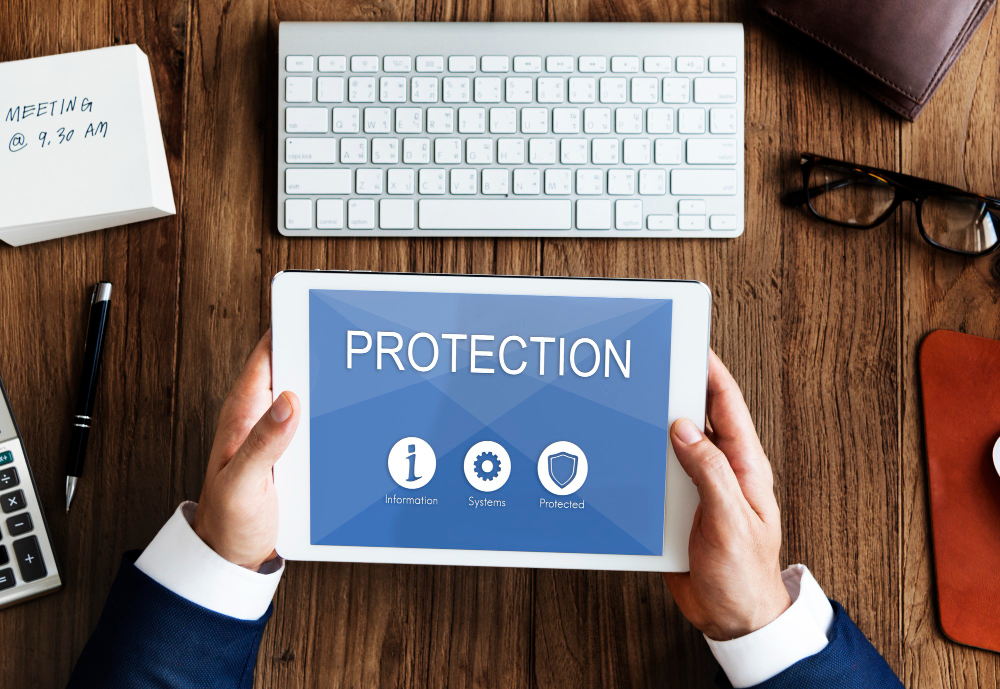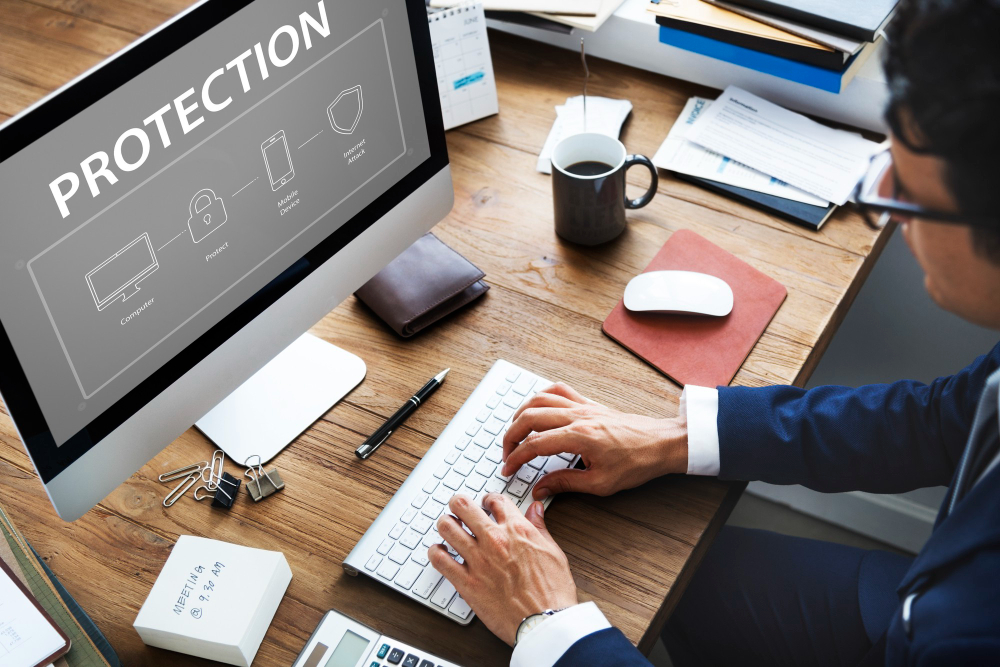Introduction
Imagine spending months, even years, creating a piece of work—whether it’s a film, a software program, a book, or music—only to find it circulating online without your permission. This is the harsh reality many creators face today. The battle between copyright protection and piracy is ongoing, with both sides evolving as technology advances. Understanding how to safeguard your intellectual property isn’t just about avoiding losses; it’s about preserving the value of your creative effort. Copyright protection is the legal armor creators need to defend against the unauthorized use and distribution of their work.
In this blog, we’ll explore the key differences between copyright protection and piracy, what every creator should know about safeguarding their work, and the practical measures to combat infringement. We’ll break down essential concepts, explore anti-piracy tools and strategies, and explain how services like AiPlex can help protect your content worldwide. If you’re serious about defending your creative output, read on—because the right knowledge could save you thousands in lost revenue. Learn more about AiPlex’s copyright protection services and start securing your work today.
Understanding the Essentials Before Comparing Copyright Protection and Piracy
Before diving into the specifics, it’s important to have a clear understanding of what copyright actually means, how piracy undermines it, and why the law exists to protect creators. These foundational ideas will help you better appreciate the tools, strategies, and legal rights available to you as a creator or business owner.
Below, we’ll explore several core concepts in more detail—from defining intellectual property rights to understanding the economic impact of piracy. Each of these is crucial for making informed decisions about your protection strategy.
What is Copyright?
Copyright is a form of intellectual property law that grants creators exclusive rights to use, reproduce, and distribute their original works. It applies to a wide range of creations, including literature, music, films, software, and artistic works. These rights give authors control over how their work is used and enable them to monetize it through licensing or direct sales.
By securing copyright, a creator can prevent unauthorized use, reproduction, or modification of their work. This is the foundation of copyright protection, designed to encourage innovation by ensuring that creators benefit from their own efforts rather than losing revenue to infringers.
Defining Piracy in the Digital Age
Piracy refers to the unauthorized copying, distribution, or use of copyrighted material. In the digital era, this often takes the form of illegal downloads, unauthorized streaming, and counterfeit product sales. While piracy has always existed, technology has made it easier and faster to infringe on copyrights at scale.
Piracy harms both individual creators and entire industries. It erodes potential revenue, undermines legitimate distribution channels, and can damage brand reputation. Understanding what piracy is and how it operates is the first step in taking proactive measures to prevent it.
The Legal Framework Behind Copyright Protection
Copyright protection is governed by both national laws and international treaties, such as the Berne Convention and TRIPS Agreement. These frameworks ensure that creators enjoy protection in multiple countries and that infringement can be pursued across borders.
Enforcement of these laws varies depending on jurisdiction, but the underlying principle remains the same: to safeguard the rights of creators and promote fair competition. Knowing your legal standing allows you to act decisively against infringers, both locally and internationally.
The Economic Impact of Piracy
Piracy is not a victimless crime—it has significant financial repercussions. For industries like film, music, software, and publishing, piracy can mean billions in lost revenue annually. This loss directly affects jobs, reduces investment in new projects, and limits consumer choice in the long run.
For independent creators, even small-scale piracy can be devastating, eating into sales, licensing opportunities, and brand credibility. Understanding the economic stakes highlights why copyright protection should be a priority for every content owner.
Why Prevention is Better than Cure
While legal action is an important deterrent, preventing piracy before it happens is often more cost-effective and less disruptive. Implementing robust copyright protection measures, such as digital watermarking, encryption, and proactive monitoring, can stop infringement before it spreads.
A prevention-first approach not only saves money but also safeguards brand reputation and customer trust. By the time a piracy incident is discovered, significant damage may already have been done—making early action critical.
Key Differences Between Copyright Protection and Piracy
Copyright protection is a lawful, proactive framework designed to preserve and enforce ownership rights over creative works. Piracy, on the other hand, is the unlawful exploitation of these works without consent. Let’s examine the core differences.
Purpose and Legality
Copyright protection exists to reward creativity, stimulate innovation, and ensure fair compensation for creators. It operates within a clear legal structure.
Piracy is inherently illegal, aimed at bypassing payment or licensing requirements to gain unauthorized access to protected content. This illegality exposes perpetrators to lawsuits, fines, and even criminal charges.
Economic Consequences
Effective copyright protection enables revenue generation, job creation, and sustainable creative industries.
Piracy erodes market value, reduces incentives for creators, and destabilizes entire sectors, especially in entertainment and software.
Technological Measures
Copyright protection uses tools like DRM (Digital Rights Management), watermarking, and content ID systems to prevent and track infringement.
Pirates exploit loopholes in these technologies, develop circumvention methods, and often operate anonymously to avoid detection.
Impact on Reputation
Strong copyright enforcement boosts a creator’s credibility and trustworthiness in the marketplace.
Piracy can tarnish a brand’s image, especially when low-quality, unauthorized copies circulate, misleading consumers about the original work’s quality.
Global Reach
Copyright laws and anti-piracy technologies provide international protection via treaties and global enforcement networks.
Piracy networks also operate globally, making international cooperation essential for effective enforcement.
Tools and Strategies for Effective Copyright Protection
Digital Watermarking
Digital watermarking embeds invisible identifiers into media files, enabling rights holders to trace unauthorized copies.
This method acts as both a deterrent and a tool for legal evidence when pursuing infringers.
DRM and Encryption
Digital Rights Management and encryption restrict unauthorized access, copying, and distribution of content.
These measures ensure that only licensed users can view or use the protected material.
Automated Monitoring and Takedown Services
Advanced algorithms scan the web for unauthorized copies of protected content.
Services like AiPlex automate the process of detecting and removing infringing material quickly.
Legal Enforcement
Pursuing legal action against infringers reinforces the seriousness of copyright violations.
Collaboration with legal experts ensures cases are handled effectively and within jurisdictional limits.
Consumer Education
Raising awareness about the importance of copyright and the harm caused by piracy can influence consumer behavior.
Well-informed audiences are more likely to choose legal channels to access content.
Why Choose AiPlex for Copyright Protection
AiPlex offers end-to-end anti-piracy solutions that combine technology, legal expertise, and proactive monitoring. Their services include content protection, real-time monitoring, and global takedown capabilities.
With over a decade of experience, AiPlex has built a reputation for successfully safeguarding films, software, music, and other creative works worldwide.
Choosing AiPlex means partnering with a trusted team committed to preserving your intellectual property, maximizing your revenue, and maintaining your brand’s integrity.
Conclusion
Copyright protection is more than a legal formality—it’s an essential strategy for preserving the value of creative work. Piracy, while pervasive, can be effectively countered with the right combination of technology, legal action, and education.
By understanding the differences between protection and infringement, and by employing robust anti-piracy measures, creators can safeguard their work and ensure they receive fair compensation.
AiPlex provides the tools, expertise, and global reach to help you stay ahead of piracy threats. Protect your work today, and secure the rewards of your creativity for the future.



